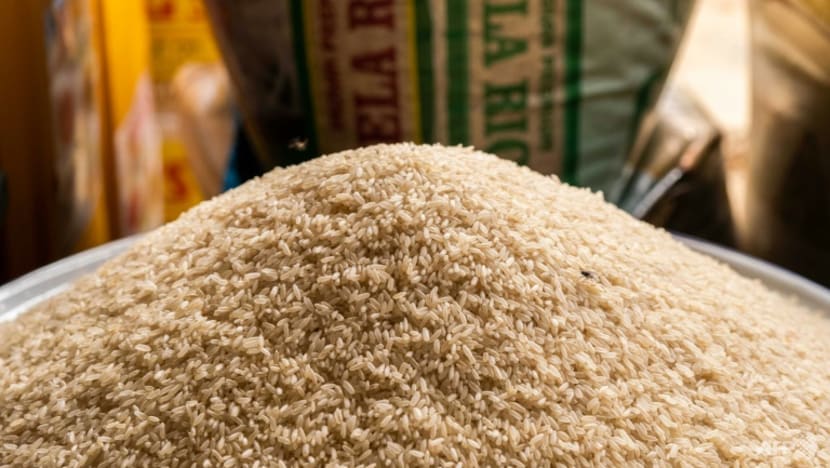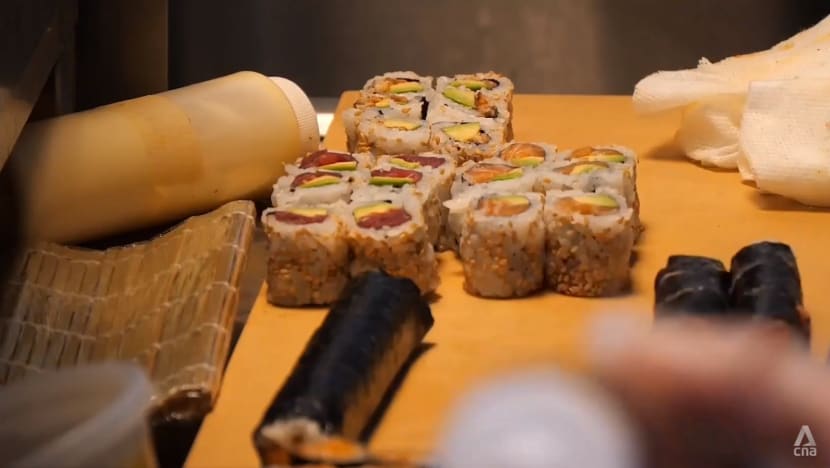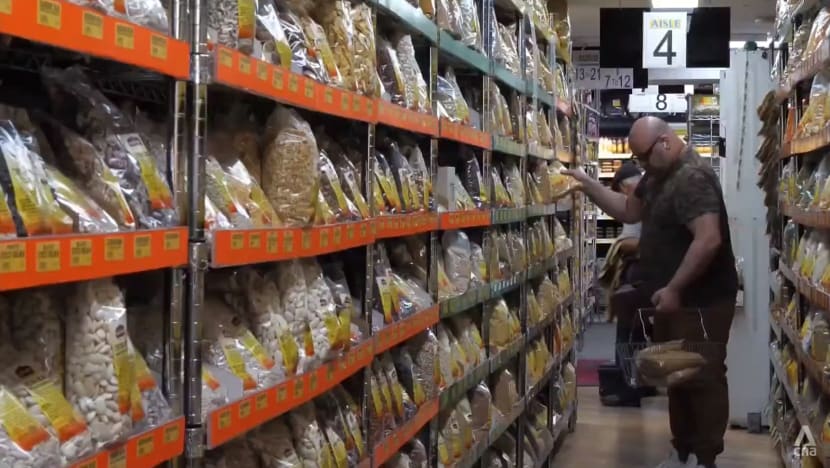Rising costs, disruptions to diets as India rice export ban hits US consumers and businesses
India, which is responsible for around 40 per cent of global rice exports, banned the export of non-basmati white rice overseas last month in a bid to bring down prices at home.

NEW YORK CITY: Some stores in the United States are implementing rice rationing measures in response to the global market disruption caused by India’s export restrictions.
The Indian government banned the export of non-basmati white rice overseas last month in a bid to bring down prices at home.
The decision led to panic buying by consumers across the US, and concerns among business owners about potential profit margin pressures.
India is responsible for around 40 per cent of global exports of rice, considered one of the world’s most versatile staples which can be cooked in many ways, including being boiled, fried and microwaved.
However, heavy monsoon rains, coupled with warmer, drier weather caused by the El Nino climate pattern, have destroyed its crops.
THE IMPORTANCE OF RICE
Mr KwangHo Lee, owner of Momoya in New York’s SoHo district, told CNA that the quality of the rice is very important for the Japanese establishment's menu, so the supply disruption poses a challenge to maintaining its culinary standards.
“For a Japanese restaurant whose main menu is nigiri and rolls, rice is actually as important as fish quality. We pay a lot of attention when it comes to choosing what rice to use, what kind of recipe (and) what vinegar, so we continue to improve,” he said.
“We can never compromise on the quality of rice. So a rice crisis like this makes us very nervous, because you increase the risk, uncertainty,” he added.

The challenges for businesses, particularly restaurants, have been mounting over the past few years.
The pandemic's disruption to food supply chains and prolonged closures for months at a time severely impacted the food industry.
Additionally, the war in Ukraine also led to soaring fertiliser and fuel prices, driving up overall food costs for firms.
The United Nations' Food Price Index revealed a 2.8 per cent increase in rice prices in July from a month before, with a 19.7 per cent year-on-year surge.
While some business owners can absorb these escalating costs to a certain extent, they may be forced to pass them down to consumers in the form of price increases, if the crisis prolongs.
“If it continues long term, at some point we might have to increase our price, which is nerve-wracking because customers might not like it, but sometimes we have no choice,” said Mr Lee.

However, some are not feeling the pinch yet.
Provision store Foods of India’s owner Mohammed Alam told CNA that despite the panic buying, he is convinced that there is enough rice to sustain the country.
“They are buying nothing but rice (and) they are stocking up. They say rice is banned (and) we are not going to have it,” he said.
“I tell them ‘No, there is enough rice in the market, don’t worry about it’. But still people are buying it. I went to the importer, they have enough. It’s not a shortage, I didn’t see a shortage."
DIET DISRUPTIONS
For those accustomed to affordable rice-based meals, the rising costs pose a concern, and could significantly disrupt their daily diets and cultural culinary practices.

One diner told CNA: “I use rice a lot and cook with it, and being of Indian culture, we use rice a lot in our cuisine too. I have noticed the increase in rice a bit, and obviously it’s usually one of those things that’s really affordable. Becoming more expensive, it would be hard to sustain that kind of lifestyle eating it on a daily basis."
Another diner said it would be a major issue if “something that can be very filling and kind of a big part of your diet just disappears off shelves and isn’t accessible to a lot of people in the country or around the world”.
Globally, consumers are already picking up the extra costs of global food inflation, and it is unclear if they will be able to stomach further price hikes.
This trend is echoed in other US staples, with poor weather in Mexico and the US Southwest causing a severe shortage of chilli peppers, a key ingredient for condiments like Sriracha sauce.
Mr Lee told CNA that Sriracha sauce is a “very important ingredient for our number one selling item”, which is spicy tuna.
“We noticed that our vendors started not having it, so I was sending my managers to the Asian market. We buy from Amazon for the premium price, like more than double sometimes. So we have been struggling,” he said.

















